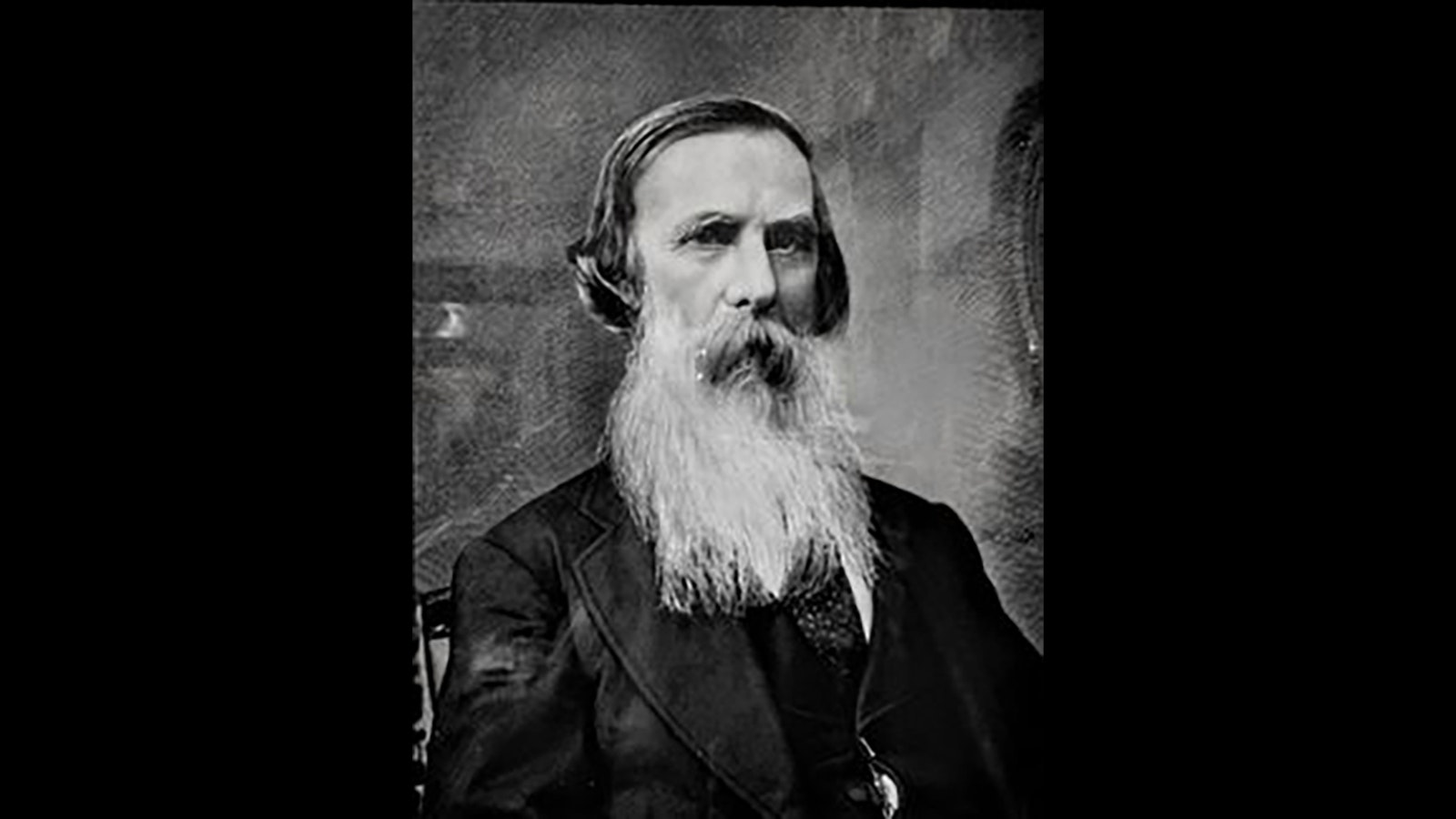CARTER — Wyoming’s first self-made millionaire, William A. Carter, was a cattle baron, merchandiser and influential politician who was responsible for making the state of Utah a geometric misfit.
Josh Camp, superintendent of the Fort Bridger State Historic site, told Cowboy State Daily how Carter was part of a political envoy sent back to Washington, D.C., to discuss the boundaries of the Utah Territory in the late 1860s.
"Wyoming was part of the Utah territory at that time, and he convinced them that Wyoming needed to be the rectangle state, not Utah," said Camp. "That notch in the corner of Utah is very much Mr. Carter's fault."
Carter, who later became a judge, was a prosperous, aggressive entrepreneur who amassed an impressive amount of land and holdings. But the town named for him didn't do so well. He came to Wyoming in 1857 as part of Johnston's Army during the Utah War.
The town of Carter is located on State Highway 412, out in the sagebrush steppe and broken mesas of northeast Uinta County. It's on the original transcontinental rail line about 20 miles north of Mountain View and is one of a few Wyoming towns where the signs that mark its borders include the elevation (6,503) but no population estimate.
Supplied Fort Bridger
Whether anyone lives there today is questionable. By its appearance, one home there may be inhabited. The rest of the buildings, including the old Carter Cafe, are suffering from the wrath of Wyoming. The old cafe's roof is long since compromised. Insulation hangs down and water can be heard splattering on the floors.
Camp said the town of Carter was primarily a livestock shipping point. Cattle were herded in and loaded for a trip to the Chicago stockyards. But as time passed, closer and more efficient cattle processing caused the town to dry up.
Judge Carter, as he was known, established the town named after him on the edge of a 500-square-mile tract of land owned by the U.S. military at the time. One of his business ventures was to serve as a sutler, or civilian provisioner, for the Army post at Fort Bridger.
He used the railroad stop at Carter to offload and stage the supplies he sold to the Army, Camp said.
Literally Made His Own Money
Judge Carter grazed cattle over a large area, staked prospectors, owned four sawmills, farmed and prospected for oil.
When he became the sutler at Fort Bridger there wasn't enough U.S. currency available to establish a market.
"Mr. Carter had an empire to build and he wasn't going to let that stop him," Camp said. "So, he started minting what were known as post trader tokens. They were coins with different values that worked as currency until there was enough U.S. currency available."
Three of the tokens are in a display case at the Fort Bridge Museum.
Refined In The Wilderness
Another interesting thing about the Carter family is that they brought Victorian customs to Wyoming.
"Mary Elizabeth (Judge Carter's wife) was a proper lady and her influence created this little pocket of Victorian culture in Wyoming," Camp said.
The traditions included incredibly tight corsets, arsenic wafers and feinting couches where one end of the back was raised. The wafers were used to prevent freckles, pimples and other facial disfigurements. They were also used to cure constipation, malaria, rheumatism, loss of appetite and low spirits, according to the Smithsonian Institute.
According to a biographical history in the Brigham Young University Library, Judge Carter fathered nine children and died at Fort Bridger in 1881.
John Thompson can be reached at: John@CowboyStateDaily.com









